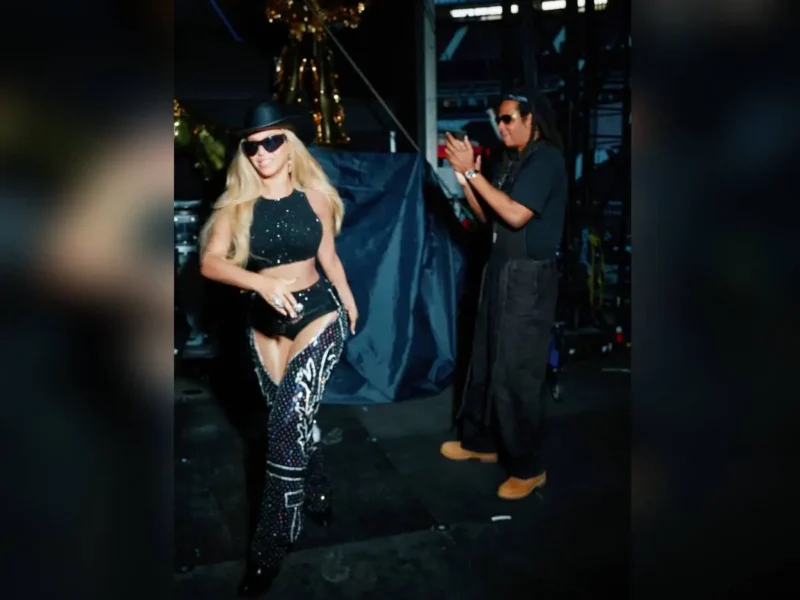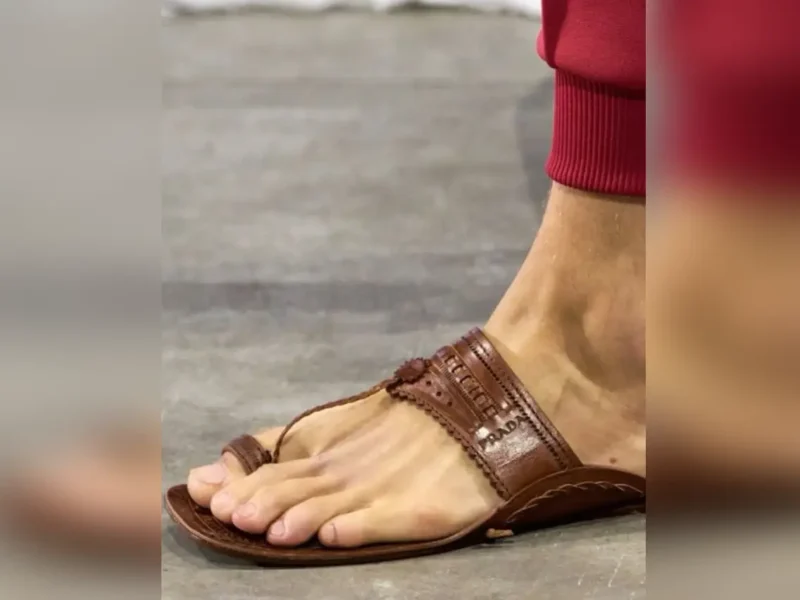
Learn About the Different Fabrics
The choice of fabric in a particular product is vital since fabrics can have a wide range of properties. From knit to woven, from natural to synthetic fibers, here is a look at the top five fabric types and how you can discern them.
Crepe: It is a silk, wool, or synthetic fabric with a peculiar rumpled and twisty appearance. The term “crepe” is derived from a French word that refers to a thin, tiny pancake. Crepes come in a variety of thicknesses and weights, ranging from thin and light to thick and heavy.
Voile: It incidentally refers to fine soft sheer fabric, Voile is a perfect dressmaking option for summer because it is lightweight having the highest thread count than most cotton fabrics, which results in a silky soft hand, Voile is a lightweight, plain-woven fabric usually made from 100 percent cotton or cotton blend.
Liquid Organza: The lightweight, plain-weave fabric with a crisp hand that lends volume to your dress can be dressed standalone or used to assemble a dress. It is widely used for sarees, evening wear, wedding gowns, and other goods because of its shimmering, translucent quality, which creates opulent silhouettes.
Jacquard: The fabric from the sixth century and the most popular fabric is Italian brocade, textured fabric with complex patterns woven into the fabric rather than being printed or embroidered. The name “Jacquard” comes from the French creator, “Joseph Marie Jacquard,” and the fabric comes in a wide range of styles, including Damask, Brocade, Silk Jacquard, and many others.
Chinon: The fabric will provide the guilty pleasure of 100 percent cotton, which is ideal for summer wardrobes. The casual and comfortable breathable fabric, The fabric is made of a bright filament yarn that is woven with a highly twisted air-textured and comes in a variety of shades to brighten up your summer with different types of dresses.




